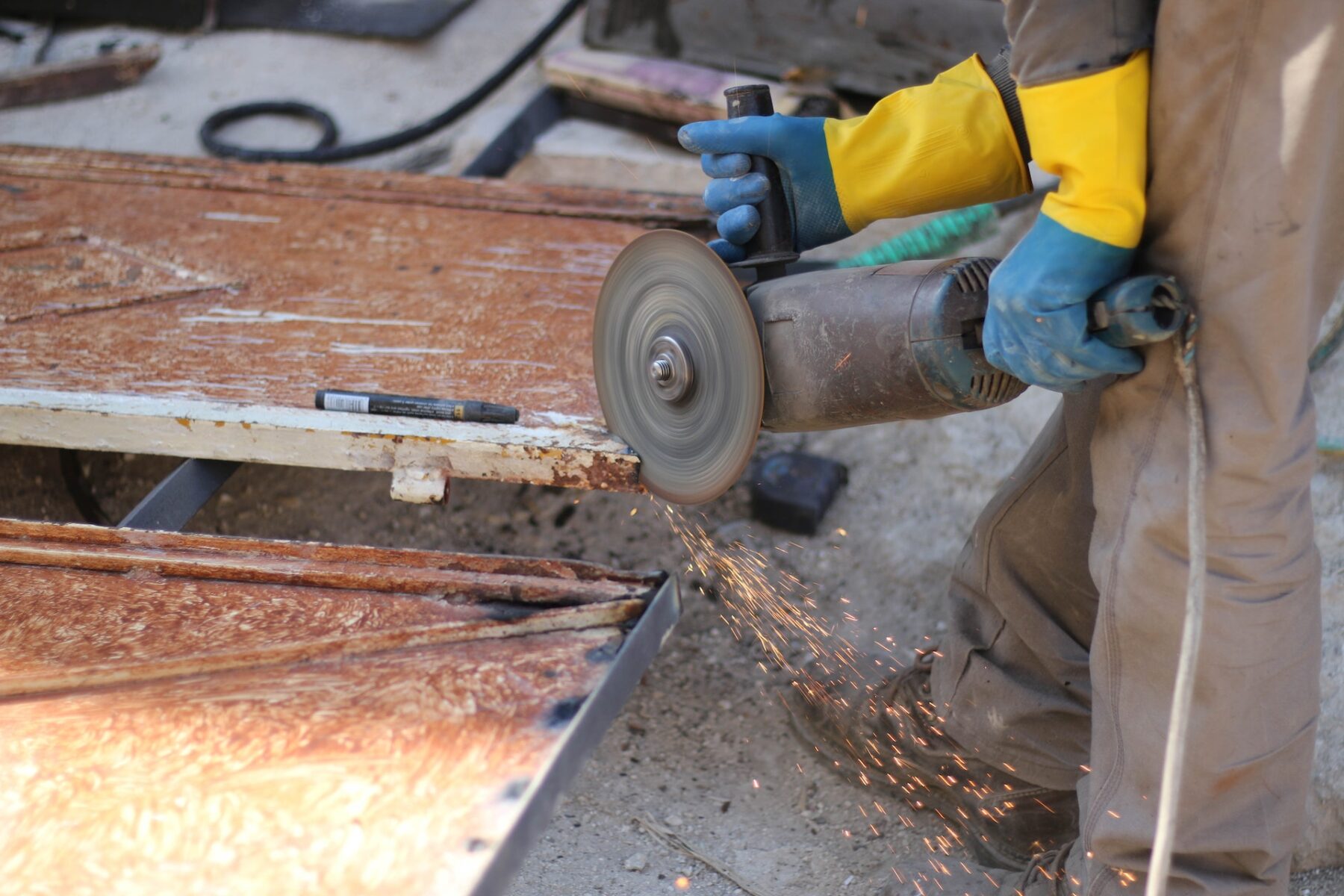Last Updated on March 30, 2023
Sheet metal fabrication is a skill that is required in multiple industries and professions. Even the novice needs to comprehend the fundamentals of sheet metal and understand what tools are indispensable when attempting any sheet metal endeavor. Ranging from fundamental cutting strategies to shaping and forming, knowledge of the appropriate tools can make a significant difference in delivering the intended outcome. In this article, we will explore some of the most essential sheet metal tools that both amateurs and experts ought to have at their disposal. With the correct tools on hand, you can surely take on any sheet metal project with poise and precision.
Whether you are a beginner or a professional in the sheet metal industry, there are several tools that you must have with you. Some of these tools include:
1. Measuring tools
Accurately crafting sheet metal requires using the right measuring tools in order to achieve the desired result. A tape measure is essential for assessing length, distance, and parts like screws and rivets. Calipers offer a more exact assessment of material thickness, useful when joining two components together. Rulers are great for indicating exactly where lines should be cut while protractors provide an accurate angle reading. Deploying these measuring tools correctly leads to angular precision and properly fitting parts saving you time and money!
2. Cutting tools
Sheet metal fabrication involves the precise cutting of materials, and for a successful project, specialized tools are essential. Tin snips are a great choice for straight cuts on thicker sheets of metal – they can also be used to make curved cuts on thin layers. For tackling bigger projects, hand shears leverage more power than tin snips and are ideal for heavier pieces. Electric and pneumatic sheet metal cutters provide easy and accurate straight cuts, often with adjustable blade depths and sizes tailored to different materials. No matter the task, these cutting tool selections offer precision and accuracy in sheet metal fabrication.
3. Bending tools
Sheet metal fabricators can create intricate three-dimensional parts with incredible precision and accuracy using bending tools. Manual brakes apply powerful mechanical force to produce accurate bends, while hydraulic brakes deliver more even pressure across the bent material. Mandrels help prevent sheet metals from wrinkling or collapsing during the process, and folding machines are used for larger pieces of sheet metal and complex shapes, such as boxed sections. With the right device and a talented operator, sheet metal fabricators can produce truly extraordinary works of art from flat sheets of metal.
4. Shaping tools
The art of sheet metal fabrication requires a number of precise tools and techniques to bring life to the desired shapes. Sheet metal hammers are essential tools, perfect for softly tapping aluminum or brass into curves. When tougher metals like steel come into the mix, hammers usually provide the one-two punch needed for forming contours with great precision. Forming stakes are pieces of specialty metals that allow even more shape-making potential; these pieces come in all sorts of sizes, shapes, and materials, so it’s important to choose the right one for the task!
5. Finishing tools
Crafting the perfect finish is a delicate process comprising several steps. To achieve an impeccable look, sandpaper is used to erase any ridges and roughened areas on the metal surface. Grinders come in handy to refine its shape and give it an even texture. Lastly, polishers lend their expertise to shine and buff the metal to perfection, presenting you with a shimmering and glossy product. Every detail is carefully attended to, from start to finish, to bring out a stunningly finished piece.
6. Joining tools
Bringing two metal pieces together with strength and precision can be a challenge. Fortunately, riveting tools have the power to do just that. From the popular riveting hammer to an electric or pneumatic riveter, there’s no doubt your metal project will stay secure. For those who desire an even stronger connection between pieces of metal, welding provides a solution. By using specialized welding equipment, you can create a seamless bond by melting and fusing the pieces. If you don’t need such an extreme hold, there are alternatives like adhesives like tape, glue, and epoxy which can also provide reliable connections when joining metal surfaces.
7. Clamping tools
Outfitting your fabrication project for success requires you to go beyond the cutting and forming. Clamping tools such as bench vises, C-clamps, and versatile locking pliers are essential accessories that will help ensure your workpieces stay in place while you cut or form them with precision. Workbench vises provide mighty gripping power, while C-clamps add extra support. And if you need a tool that is portable enough to fit into tight spaces, then a pair of locking pliers is sure to do the trick. Use multiple clamping tools together to give your sheet metalworking project the solid hold it needs.
Ensuring you have the right implements for your sheet metal work is the key to a successful outcome. From scissors and shears to curves, levers, and mallets, it’s critical to be equipped with all the necessary tools whether you are a novice or a seasoned expert. Having the essential equipment gives beginners and professionals alike the confidence to tackle any task thrown at them. Access to the correct tools makes all the difference!





